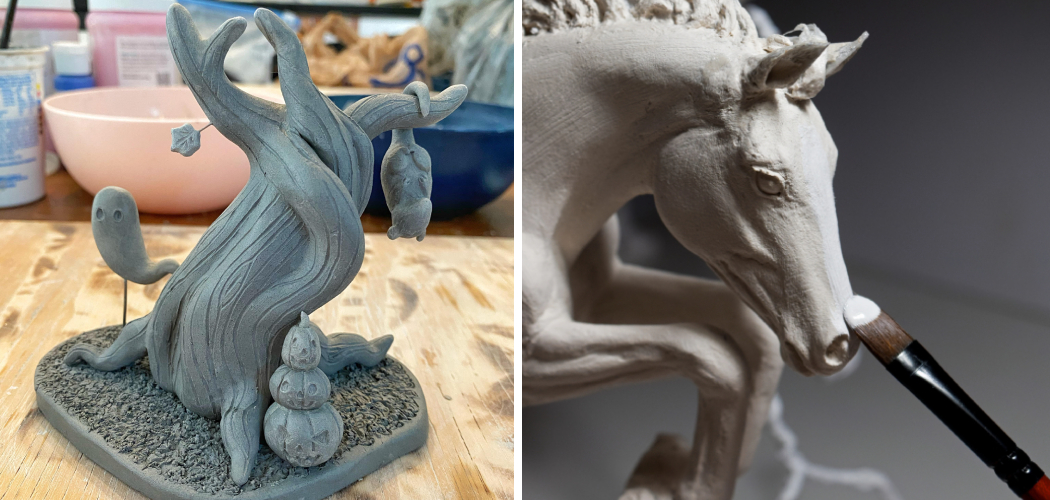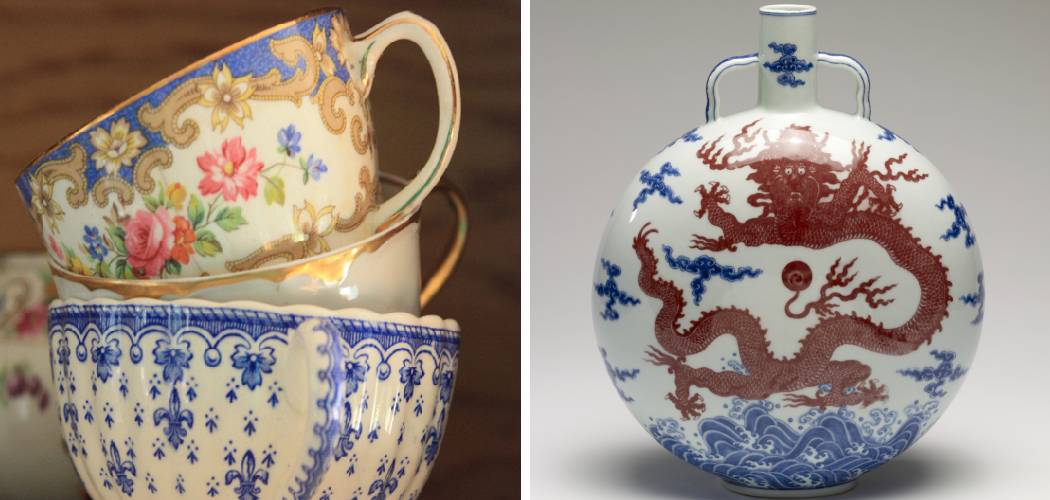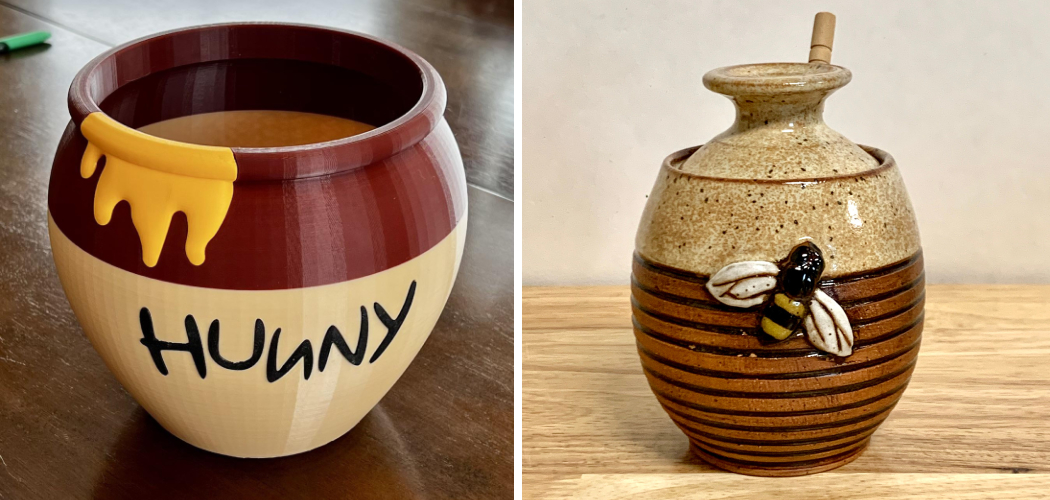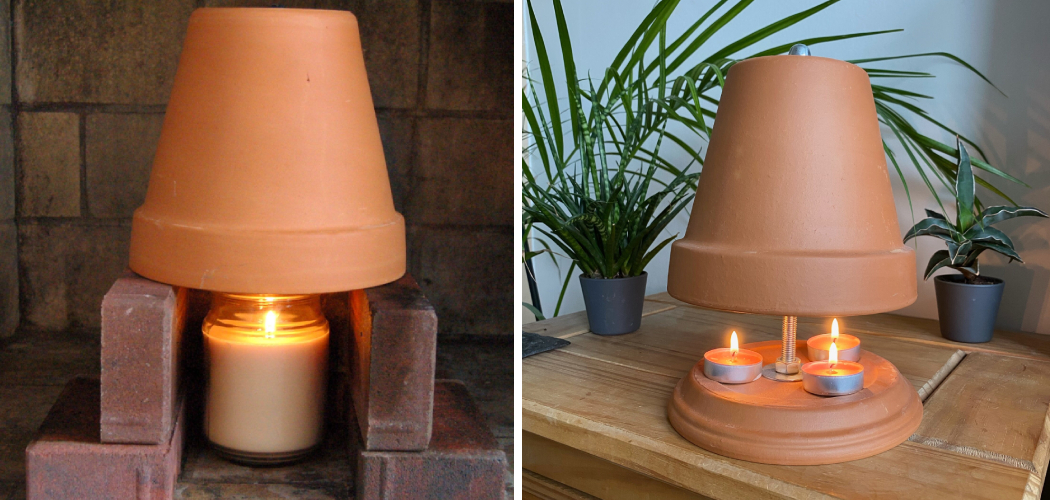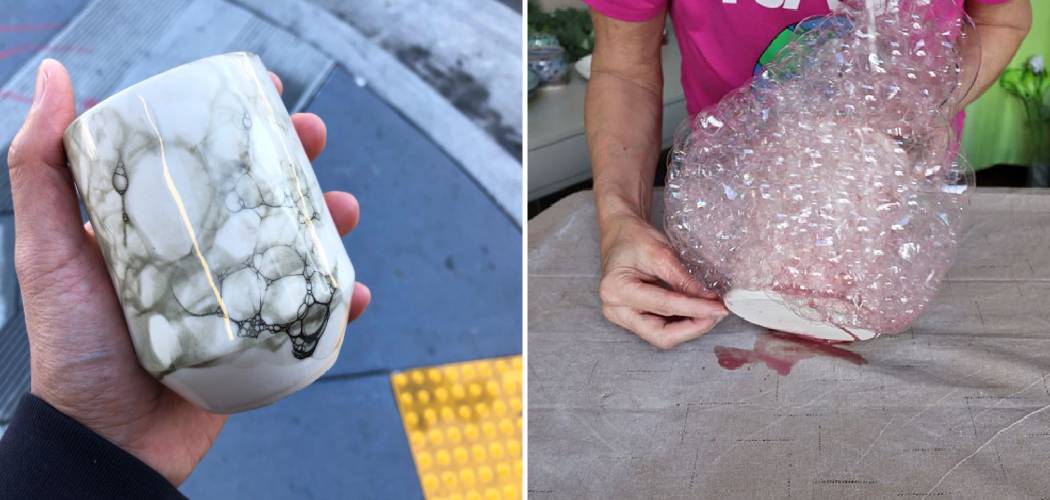Bone dry clay is a popular medium for sculptors and potters alike due to its versatility and accessibility. However, one of the most common problems with bone dry clay is the formation of cracks, which can occur during the drying process.
Cracks can ruin the integrity of a sculpture or pot, making it unsuitable for firing and, ultimately, unusable. Fortunately, fixing cracks in bone dry clay is a straightforward process that can be accomplished with a few simple steps.

This article will provide a comprehensive guide on how to fix cracks in bone dry clay, including identifying the types of cracks, the tools and materials needed, and the step-by-step process of repairing the cracks. By following these instructions, you can salvage your bone dry clay creations and achieve a flawless finish for your art.
Table of Contents
Understanding Bone Dry Clay
Before discussing the methods to fix cracks in bone-dry clay, it is important to understand what bone-dry clay is. Bone dry clay is a term used to describe clay that has been completely dried out and is no longer workable. At this stage, the clay is very brittle and susceptible to cracking or breaking.
If you are using bone dry clay in your projects, it is important to be aware of the need for extra care when handling and storing the pieces. Make sure to store the pieces in a secure and dry place, as moisture and humidity can cause them to crack or break.
Why Does Bone Dry Clay Crack?
There are several reasons why bone dry clay may crack. The most common reasons include uneven drying, lack of structural support, and too much pressure on the clay. Uneven drying occurs when the clay dries too quickly, causing the outer layer to shrink and crack.

Lack of structural support happens when the clay is too thin or has weak spots, which can cause it to crack under its weight. Lastly, too much pressure on the clay can cause it to crack or break, especially when it is in a delicate state.
9 Methods How to Fix Cracks in Bone Dry Clay
1. Fill the Crack with Slip
Slip is a mixture of clay and water. To fix a crack using a slip, mix clay powder with water until you get a creamy consistency. Apply the slip to the crack and use a brush to smooth it out. The slip will fill in the crack and make it less noticeable. Allow the slip to dry completely before proceeding to the next step.
2. Use a Clay Knife
A clay knife is a handy tool that can be used to cut and shape clay. To fix a crack with a clay knife, use the blade to cut away the cracked area. Make sure to remove any loose bits of clay around the crack. Once the area is clean, use slip to fill in the crack and smooth it out with a brush.
3. Sandpaper
Sandpaper can be used to smooth out rough edges and surfaces. To fix a crack using sandpaper, gently sand the area around the crack until it is smooth. Be careful not to sand away too much material. Once the area is smooth, use a slip to fill in the crack and smooth it out with a brush.

4. Apply a Wet Cloth
Another method to fix a crack in bone dry clay is to apply a wet cloth. Wet a cloth and place it over the crack. Apply pressure with your fingers to help the clay absorb the moisture. This will help to close the crack. Be careful not to use too much water as it can cause the clay to become too soft.
5. Use a Heat Gun
A heat gun can be used to fix cracks in bone dry clay. Hold the heat gun a few inches away from the crack and move it back and forth over the area. The heat will cause the clay to expand and close the crack. Be careful not to overheat the clay as it can cause it to crack even more.
6. Rehydrate the Clay
If the crack is too large, you can try rehydrating the clay. Place the clay in a plastic bag and add a small amount of water. Seal the bag and allow the clay to sit for a few hours or overnight. The water will be absorbed by the clay and it will become soft again. Once the clay is rehydrated, you can use a slip to fill in the crack and smooth it out with a brush.
7. Use a Clay Coil
A clay coil is a long, thin piece of clay that can be used to fill in cracks. To fix a crack using a clay coil, roll out a piece of clay into a long, thin coil. Apply the coil to the crack and use a brush to smooth it out. Be sure to press the coil firmly into the crack to ensure it is secure. Apply a Layer of Glaze can be used to fix cracks in bone-dry clay. Apply a layer of glaze over the crack and use a brush to smooth it out. The glaze will fill in the crack and make it less noticeable.
8. Use Epoxy
Epoxy is a two-part adhesive that can be used to fix cracks in bone dry clay. Mix the two parts of epoxy according to the instructions on the package. Apply the epoxy to the crack and use a brush to smooth it out. The epoxy will harden and fill in the crack.

9. Re-fire the Clay
If the crack is too large or cannot be fixed using any of the above methods, you may need to re-fire the clay. This method should only be used as a last resort as it can be risky. Re-firing the clay can cause it to shrink or crack even further. To re-fire the clay, place it in a kiln and fire it again according to the instructions for your specific type of clay.
Why Does Pottery Crack?
Clay has a unique property called memory, which means it will always want to return to its original form. When clay dries out, it will shrink, and if there is uneven shrinkage or pressure, cracks can occur. Additionally, if the clay is not well-wedged or if there are air pockets in the clay, the piece can crack during the drying process or even during firing.
Tips to Prevent Future Cracks
While it’s impossible to prevent all cracks from occurring, there are steps you can take to minimize the risk of cracks:
- Wedge your clay thoroughly to remove any air pockets.
- Use a damp sponge to smooth and compress the clay before and during construction.
- Allow your piece to dry slowly and evenly, away from direct sunlight or heat sources.
- Bisque fire your piece before glazing to reduce the risk of cracks during firing.

Conclusion
In conclusion, fixing cracks in bone-dry clay is a critical skill for anyone working with this medium. By understanding the types of cracks that can occur, preparing the appropriate tools and materials, and following a step-by-step process on how to fix cracks in bone dry clay, you can effectively repair any cracks in your bone-dry clay creations.
Remember to be patient and take your time during the repair process, as rushing can lead to further damage. With practice, you’ll develop a keen eye for spotting potential cracks and become proficient at repairing them quickly and efficiently.
By salvaging your bone-dry clay creations, you can avoid the frustration and disappointment that comes with having to discard a piece that you’ve put your time and effort into. By following the tips and techniques outlined in this article, you can take your bone-dry clay art to the next level and achieve beautiful, crack-free results every time.
FAQs
Can you use these methods on wet clay?
No, these methods are specifically for bone dry clay. Wet clay should be fixed using a different set of methods.
What if the crack is too large to fix?
If the crack is too large, it may be best to start over with a new piece of clay.
Can you use these methods on glazed or painted clay?
Some methods may work on glazed or painted clay, but it may be best to consult with a professional or test on a small area first.
Can you prevent cracking in bone dry clay?
Yes, taking steps to ensure even drying, using structural support, and avoiding putting too much pressure on the clay can prevent future cracking.
Is it better to fix cracks in bone dry clay before or after firing?
It is generally better to fix cracks in bone dry clay before firing as the heat from the firing process may cause the crack to become larger.
